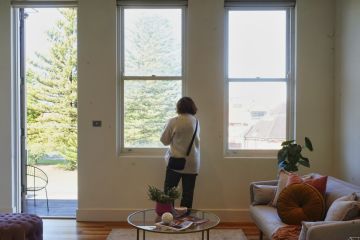Positive and negative gearing 101

When you borrow money to invest in property, you may find that you are “negatively geared”. A negatively geared property is one in which the costs of owning an investment property, such as interest on a loan, council rates, water-supply charges, strata fees (for strata-titled properties) and maintenance, are more than the income or rent you receive from the property.
A negatively geared property, before any tax deductions and capital gains (that is, increases in the value of the property) are taken into account, runs at a financial loss in a given tax year. However, as there are tax deductions for negatively geared properties, many investors actively seek units and houses they can negatively gear when they first buy them. They then use the tax deductions to reduce their overall tax bill and to help fund the cost of owning the property.
The investor will anticipate long-term gains through the value of the property increasing (capital appreciation) over time.
The negative
Negative gearing is most common in the early years of owning an investment property.
A property can also become negatively geared if the income drops (rents fall or stagnate over time), the cost of owning the property goes up – for example, if interest rates increase – or both.
The positive
A positively geared property is one in which the income that an investment earns exceeds its costs.
Properties often become positively geared when they’ve been owned for a reasonable period of time, as rents tend to gradually increase and the size of the mortgage against the property stays the same or is partially or fully paid off.
An increase in rents (income) or a fall in interest rates (an expense) can also result in properties moving into positive gearing if they start to run at a profit.
Pros and cons
Thanks to the available tax deductions, negative gearing can be a helpful strategy for offsetting the costs of acquiring an investment property. However, as negative gearing involves an investment property running at a loss, there are risks involved – mainly not being able to afford to pay the costs of owning a property if your income suddenly falls.
Investors should have a financial buffer to ensure that they can keep the property if their circumstances change – for example, if they lose their job or other income, if the costs of owning the property increase (interest rates might go up) or if the income from the property falls (rents could drop or stagnate, or the property could be vacant for a period of time).
For more information on negative gearing, including the risks, benefits and expenses you can claim and how, speak to your accountant or visit the ATO website.
We recommend
States
Capital Cities
Capital Cities - Rentals
Popular Areas
Allhomes
More







